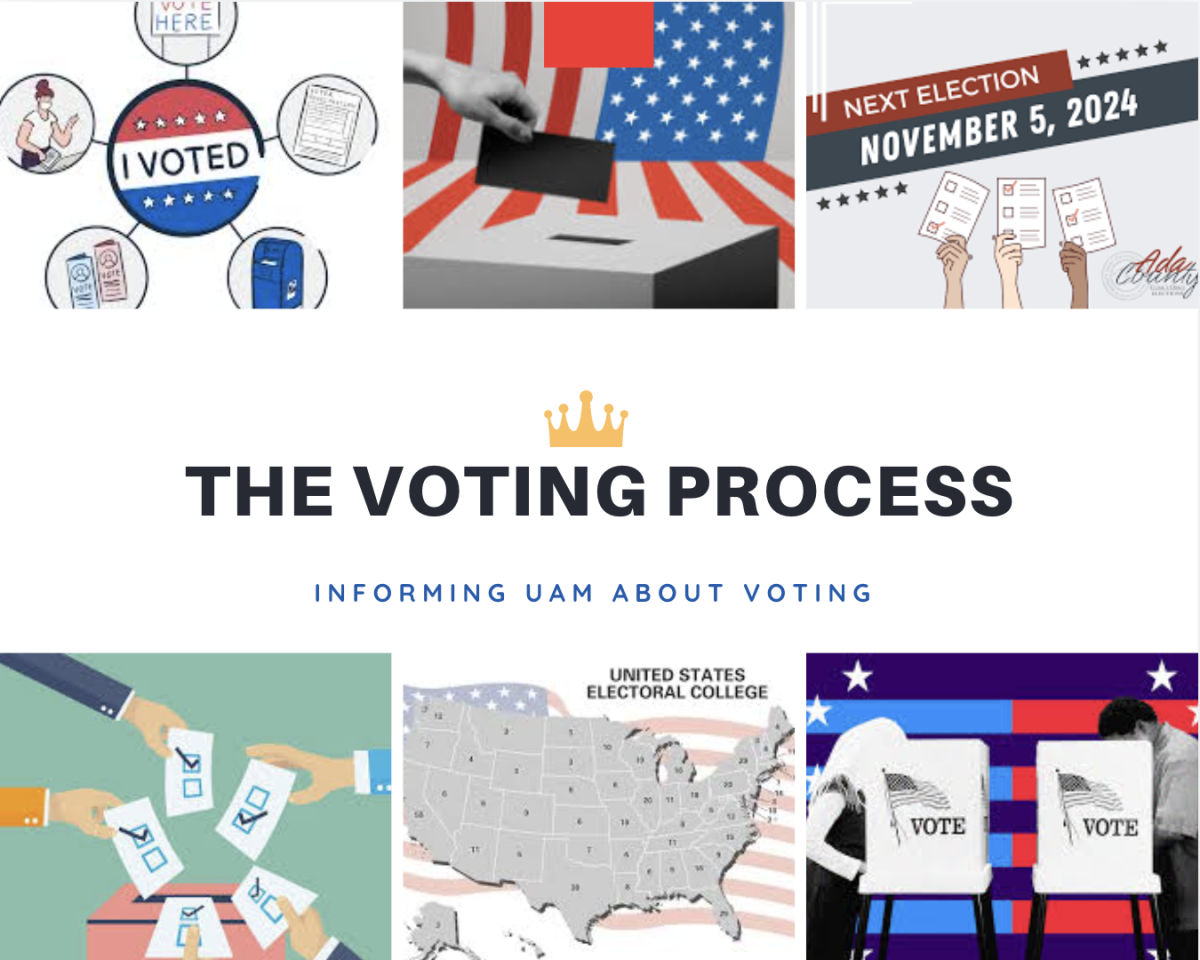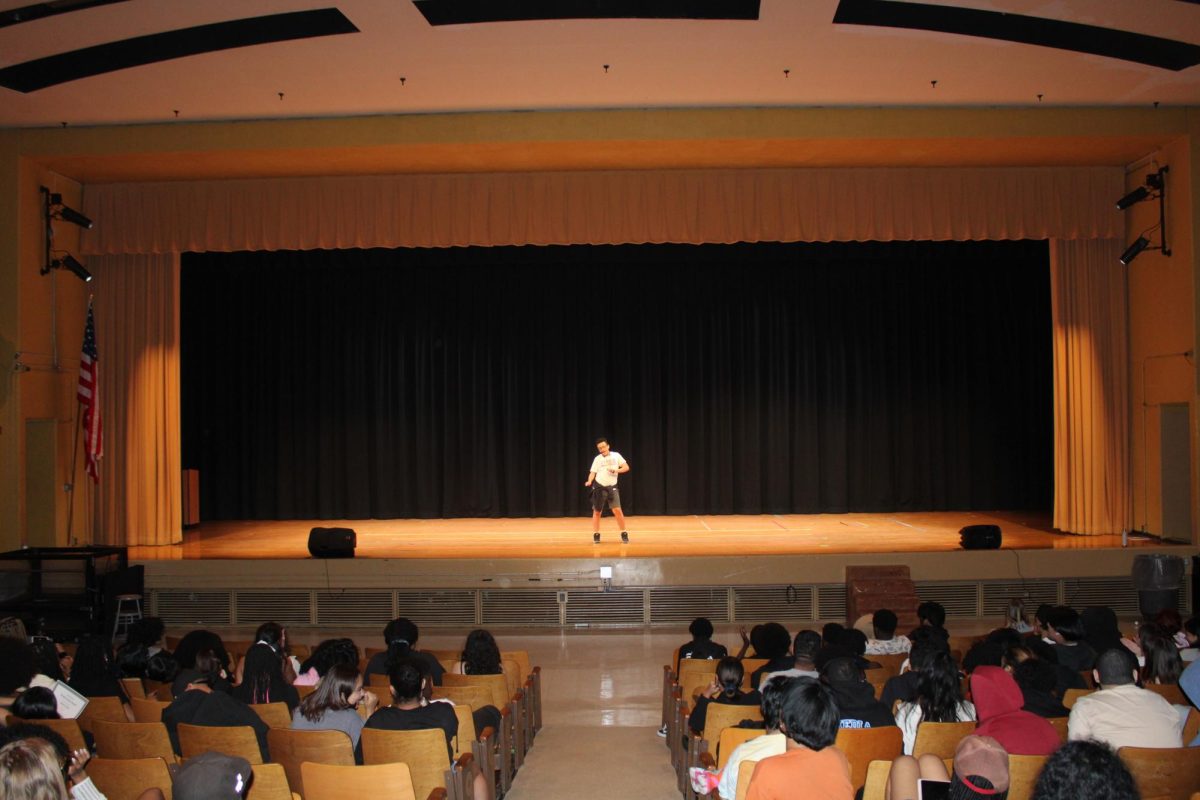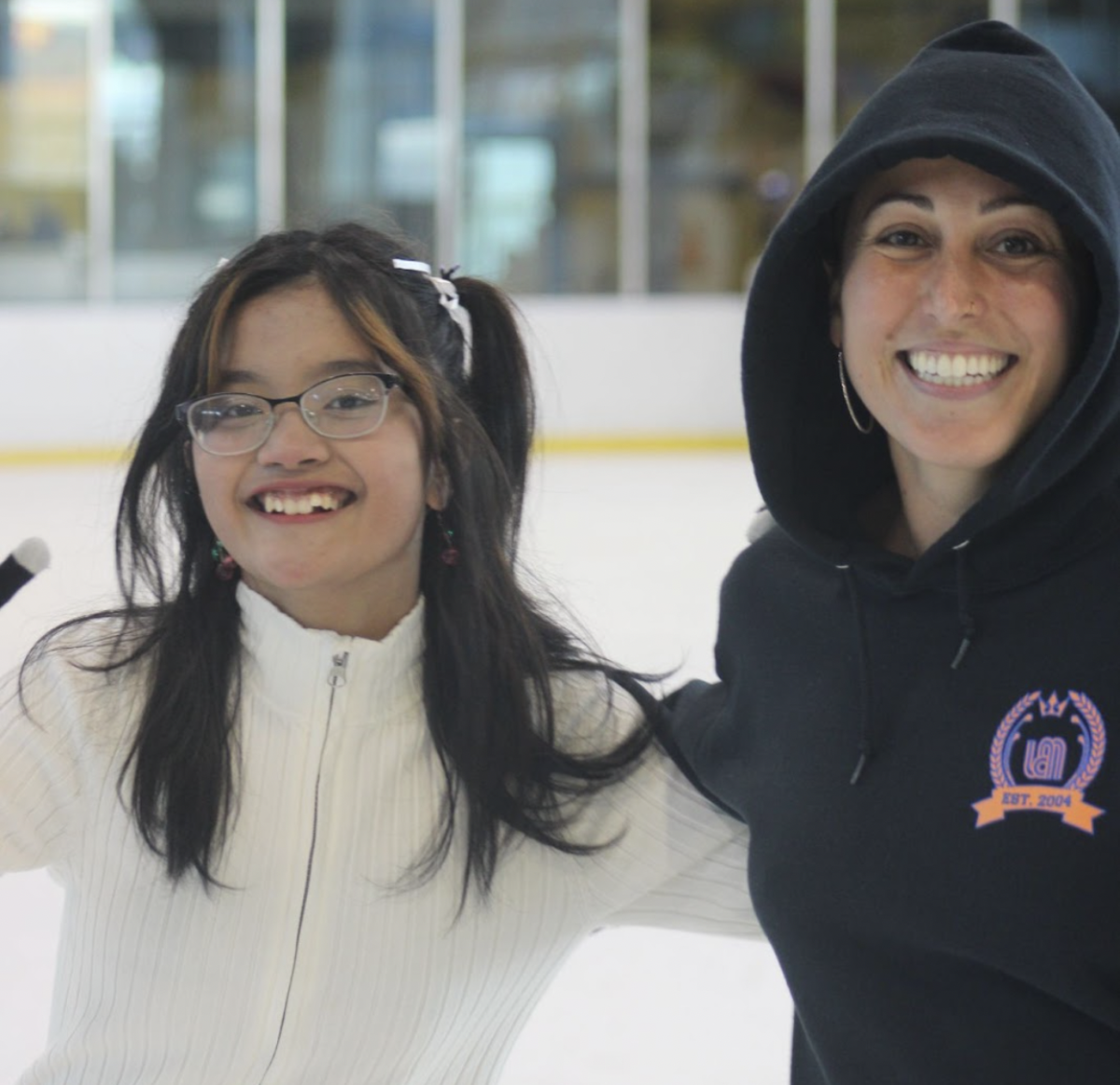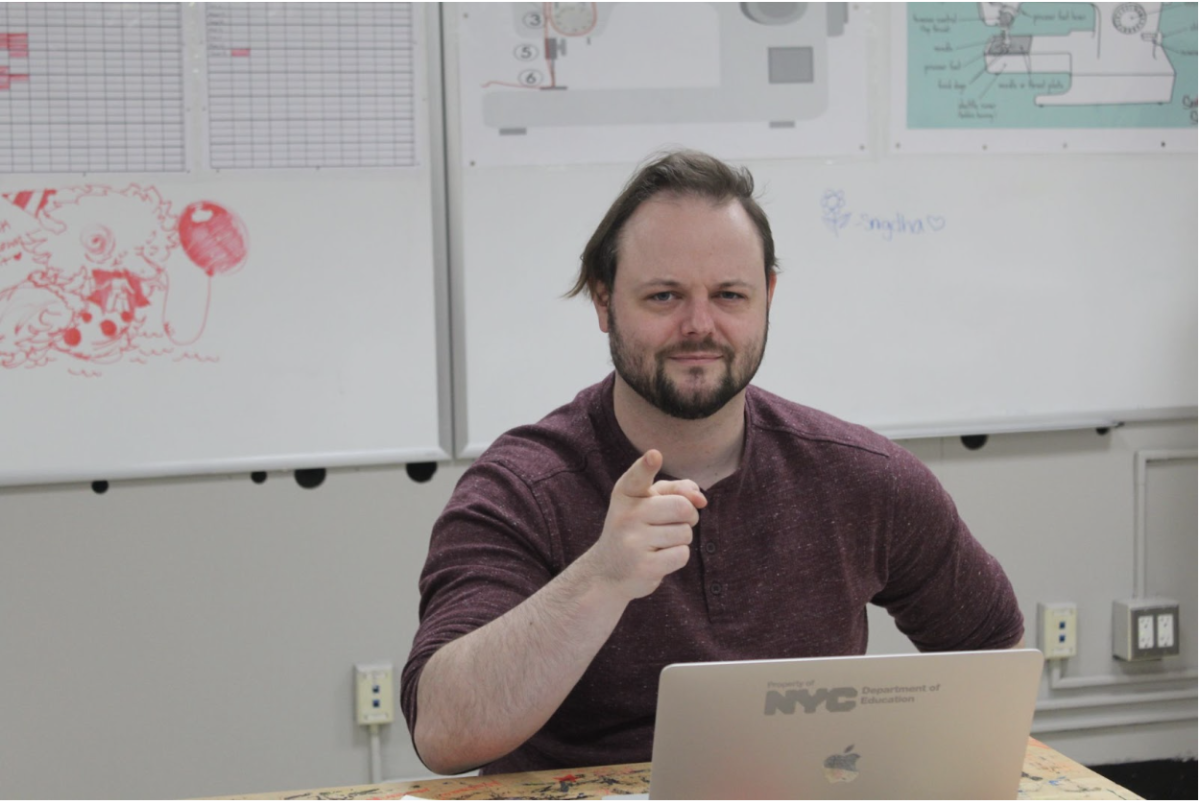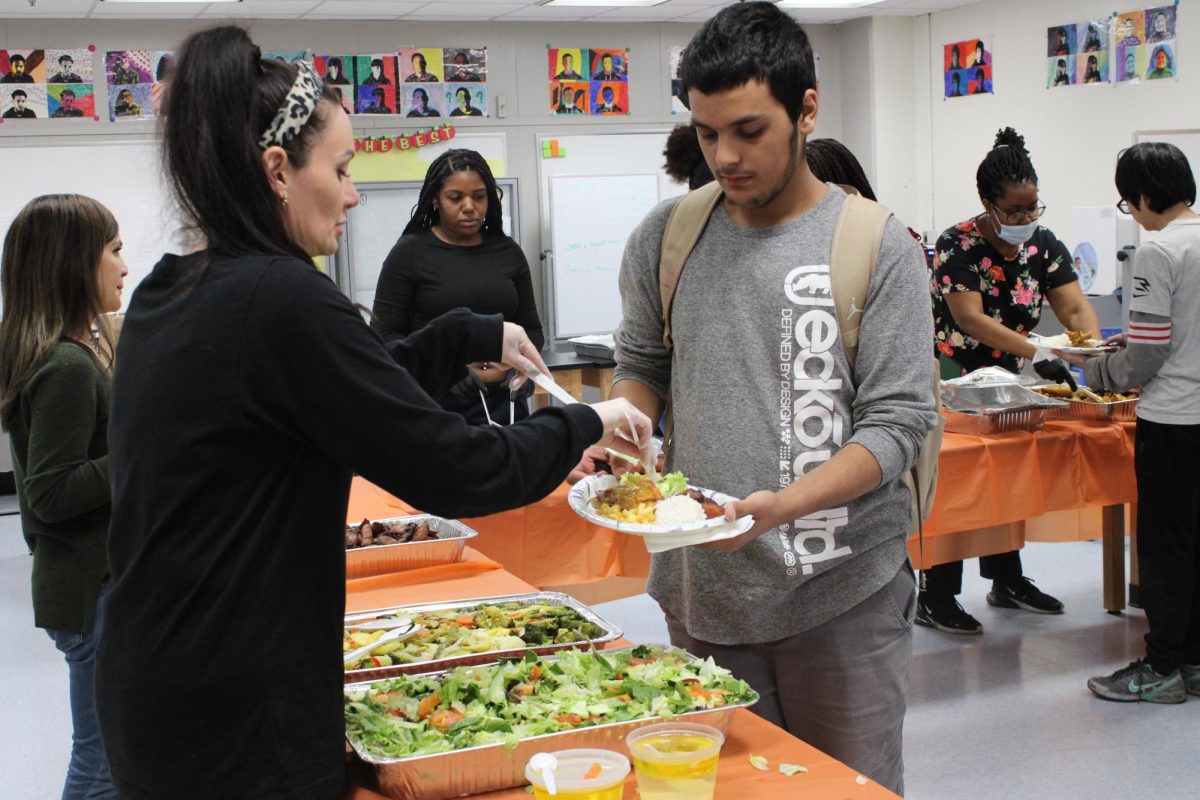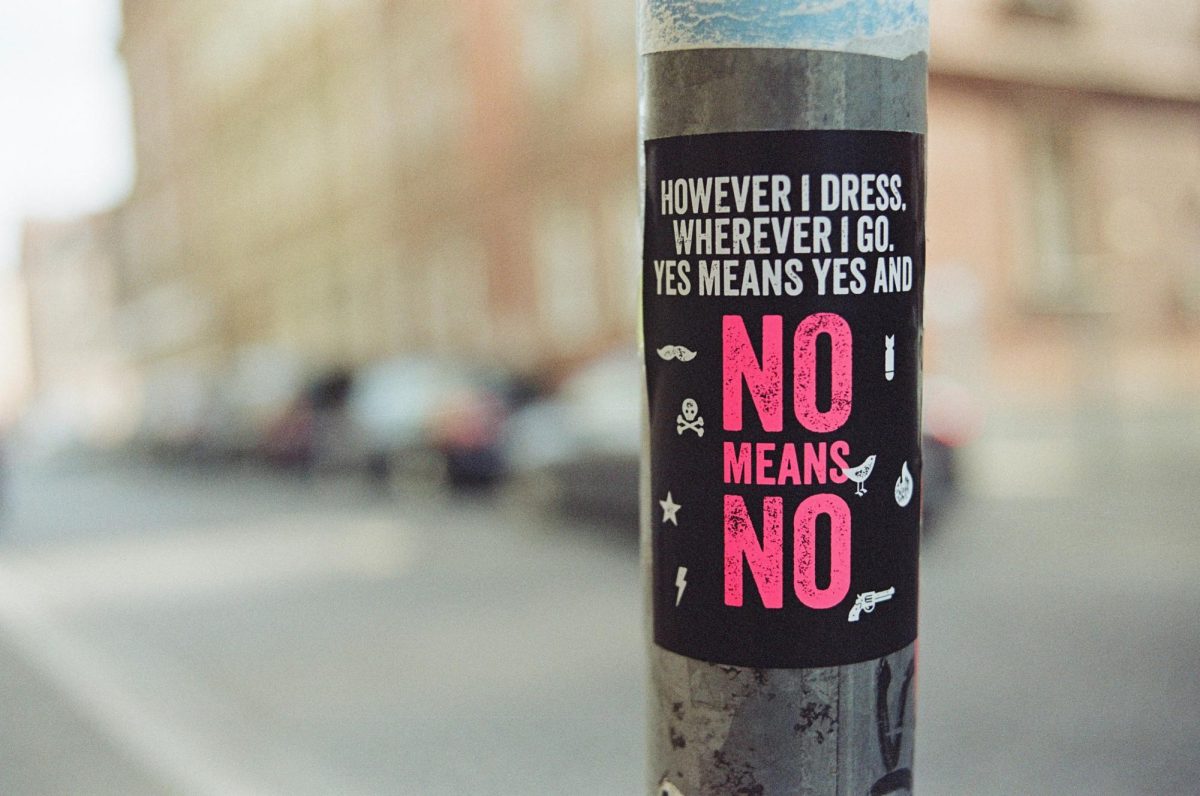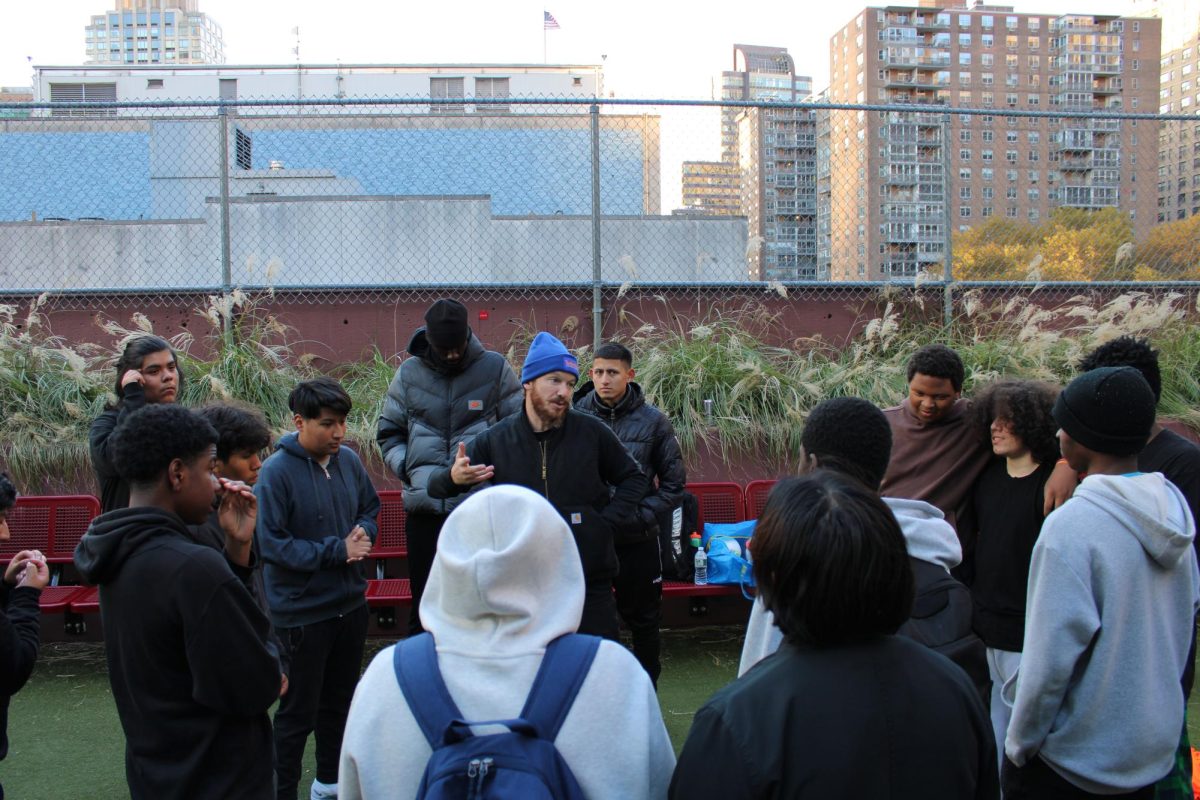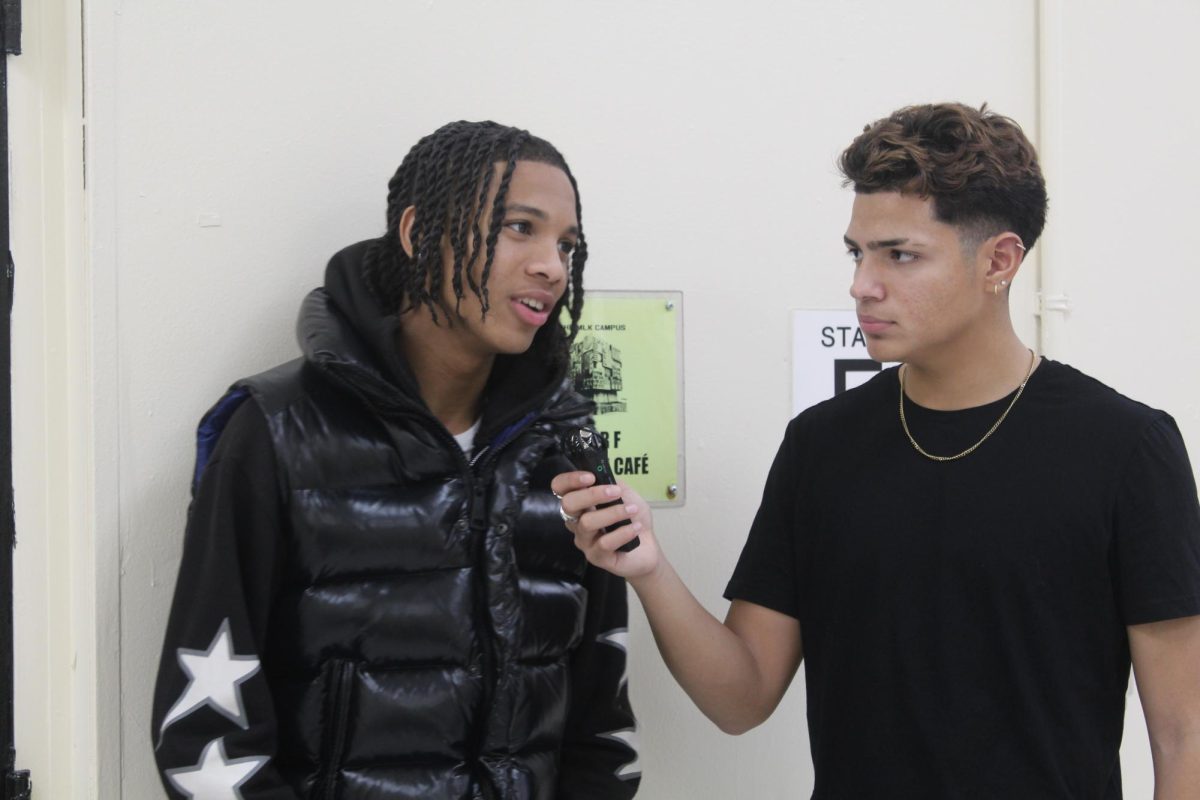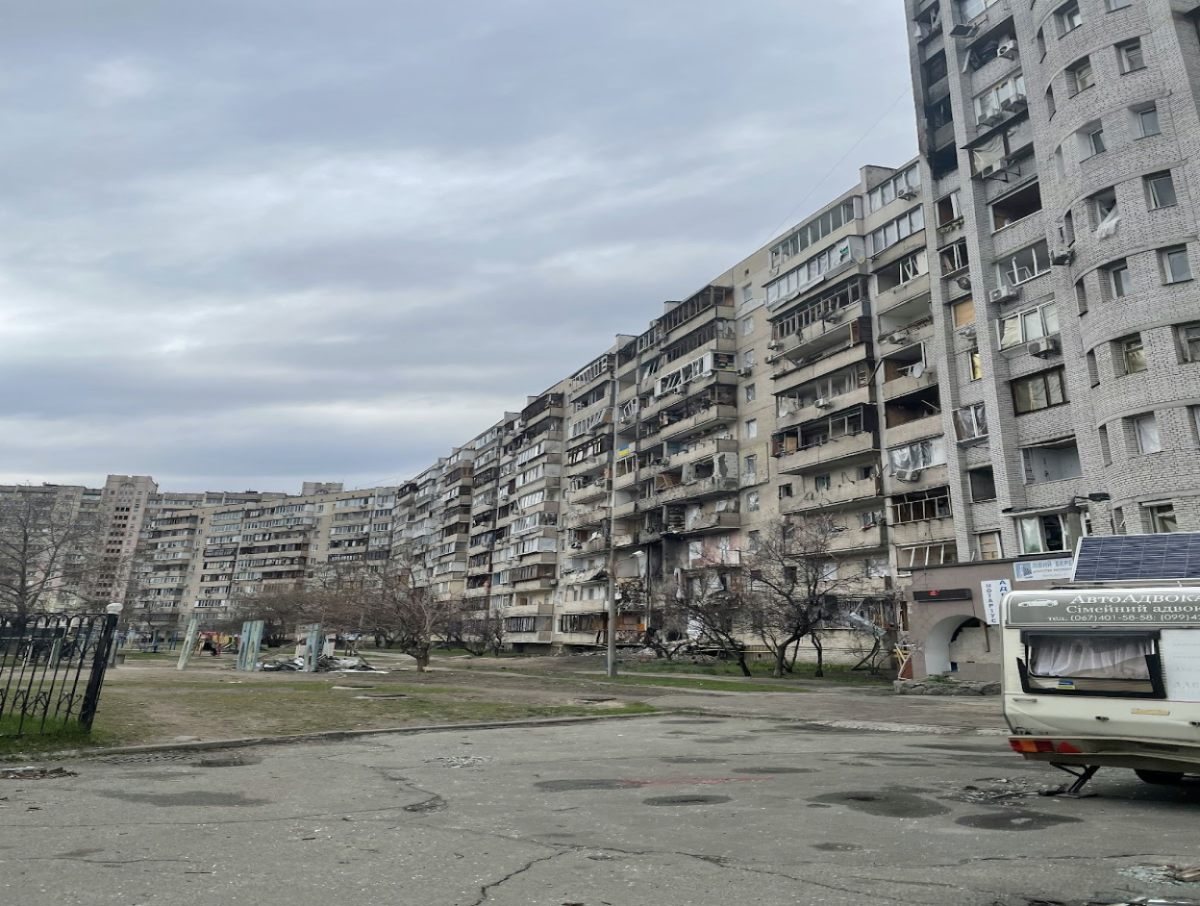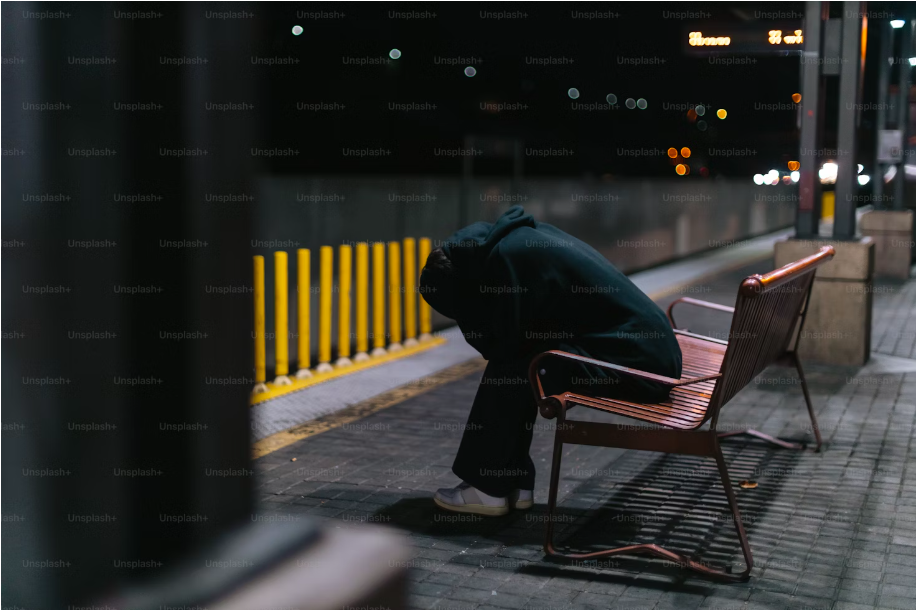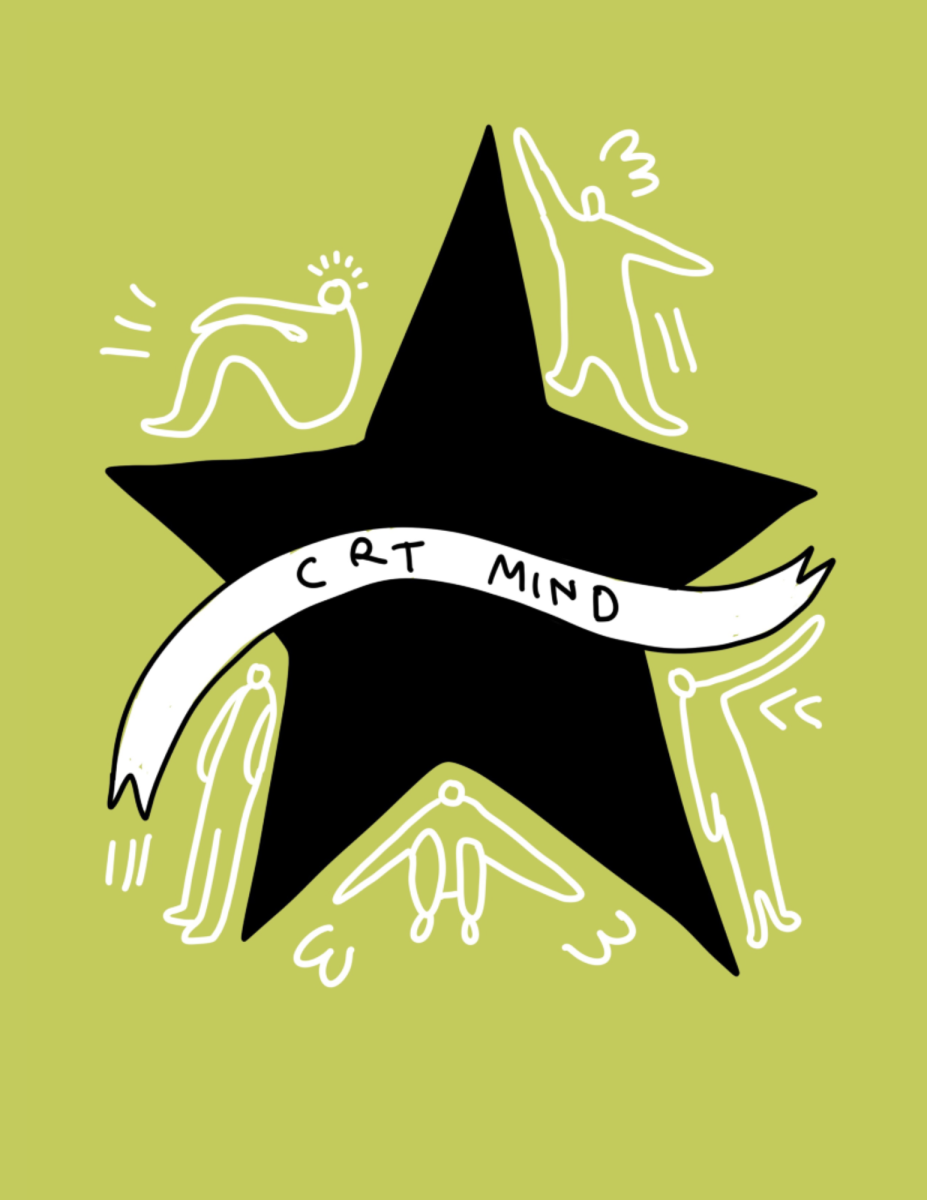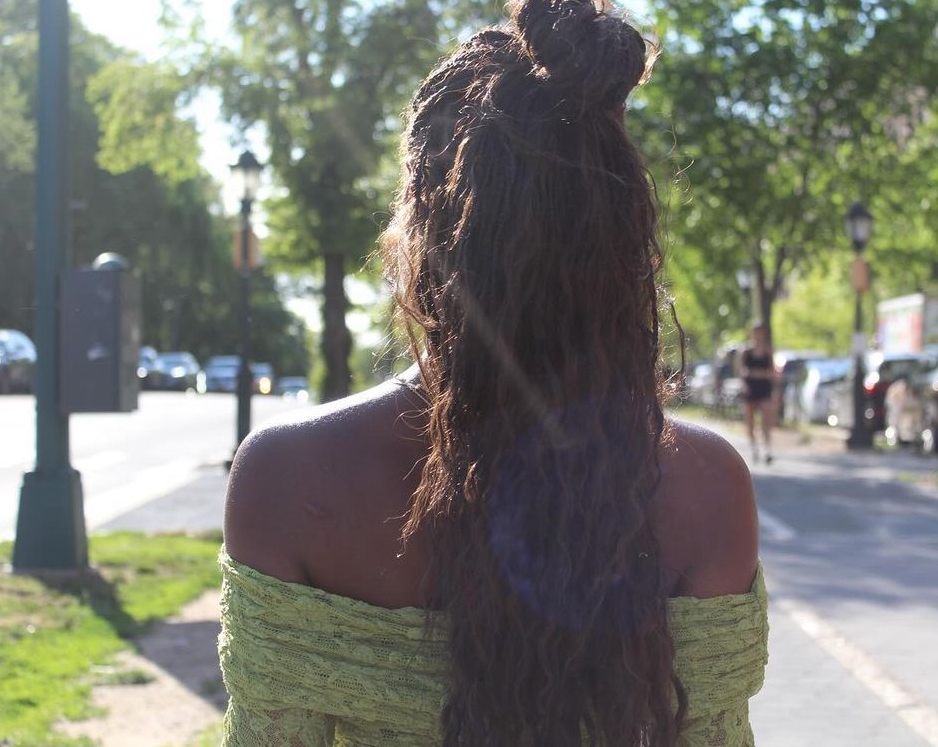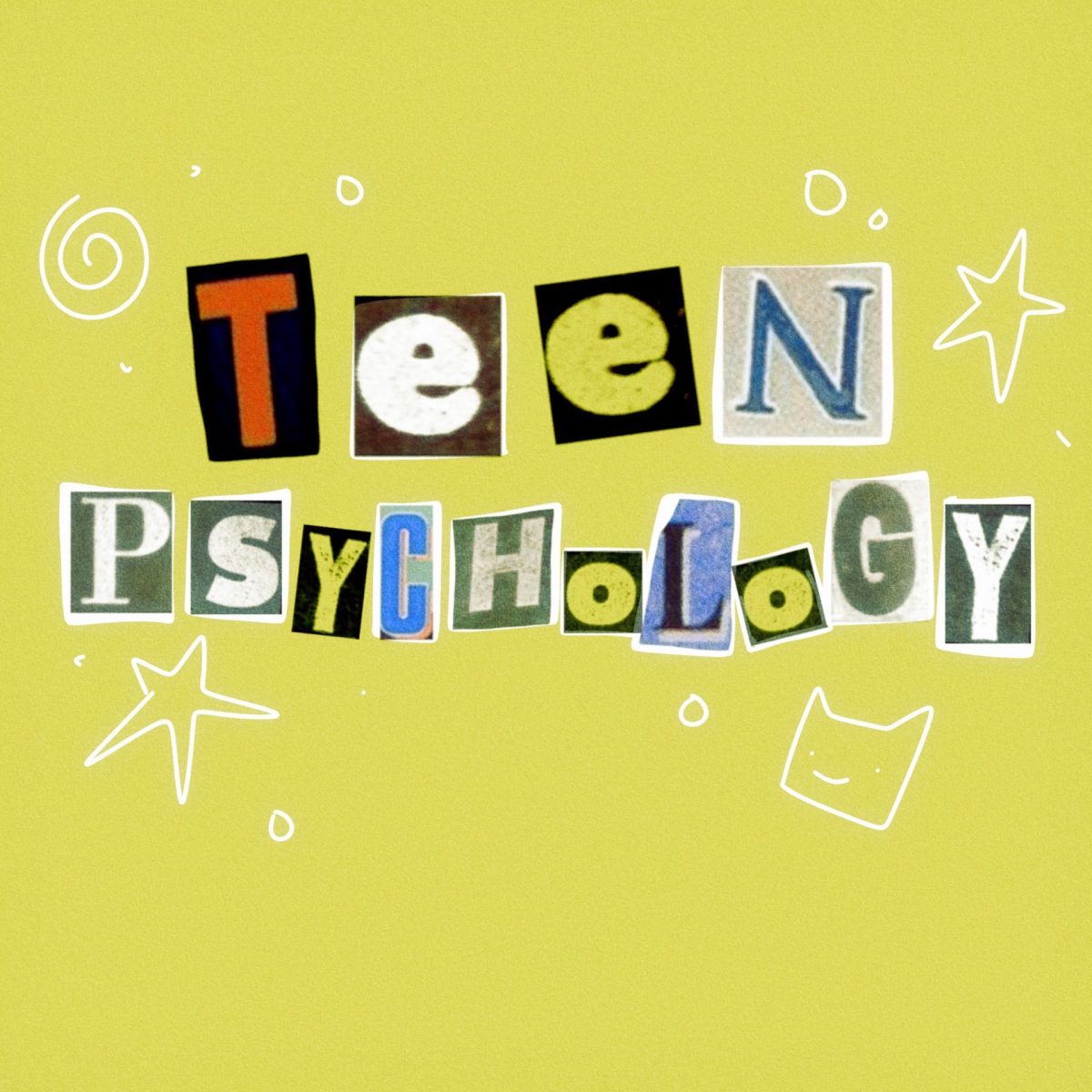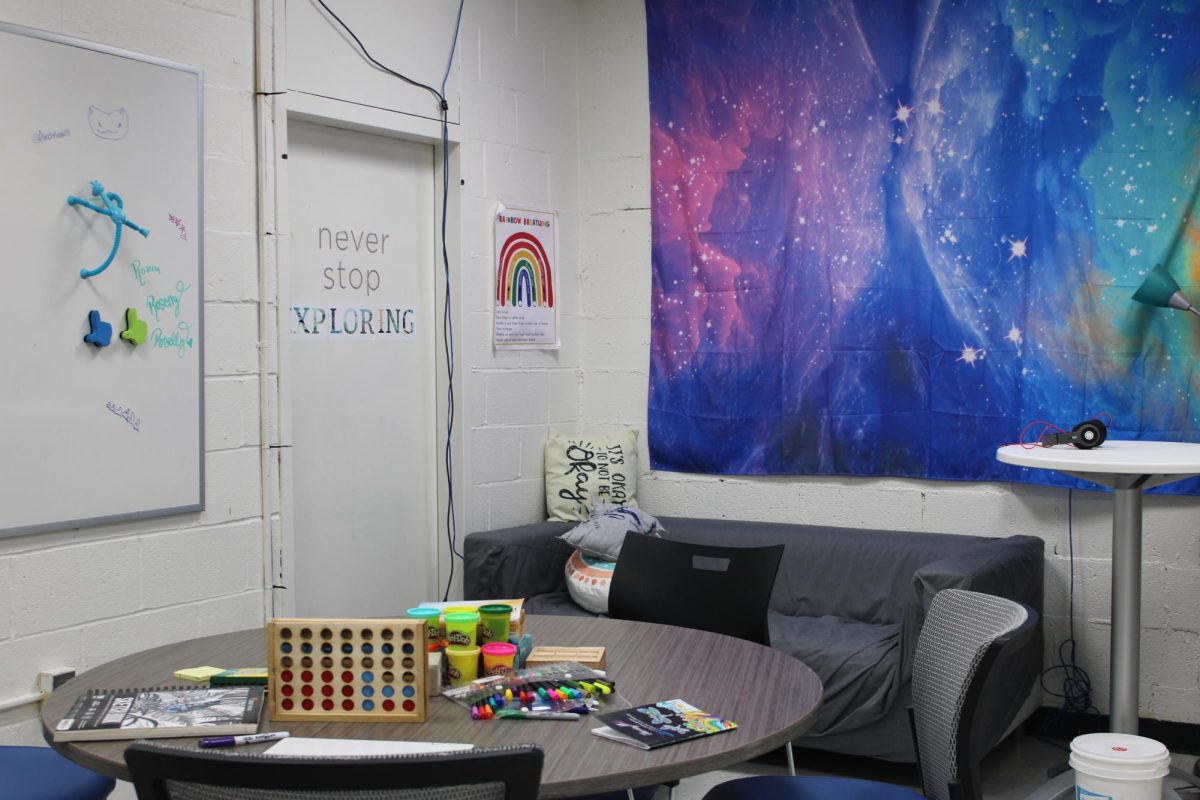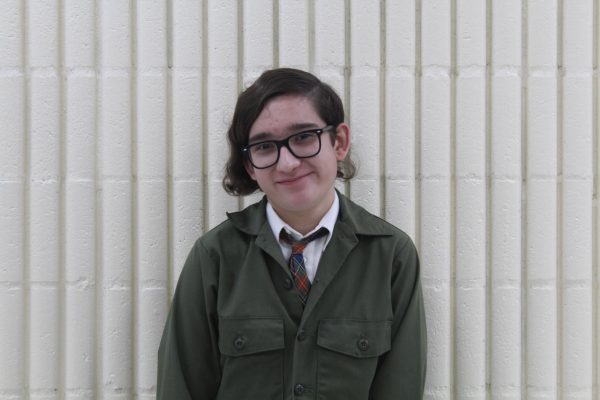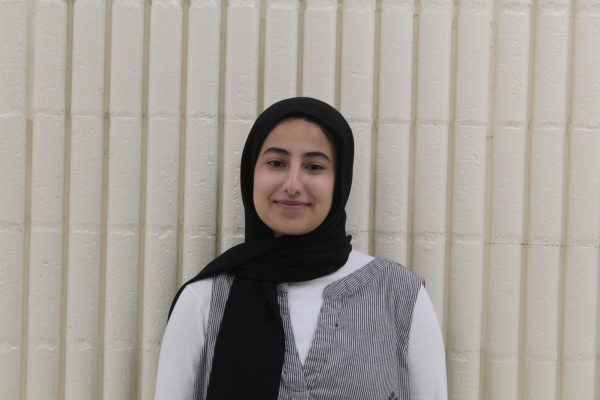Ms. Katherine, who has worked at the Urban Assembly Media High School for many years, has details to share about how she has seen teen suicide as an issue, both inside and outside of the school community.
Each year, the rates of suicide are growing higher among teenagers and Ms. Katherine, being our school’s social worker, has an interesting perspective on this.
“I think different people react differently to the idea of suicide”, Katherine said. “ It’s becoming much more common to talk about with teenagers lately. People are more aware of their mental health.”
Ms. Katherine said that suicide is becoming less of a scary thing to talk about among teenagers. Before people may not have had the best idea of what it is, but now that they do, this makes them more aware of their mental health and talking about it.
“I would say it tends to start younger these days. So, I would say that between the ages of 10-11 and 13-14 is a really high risk group because that’s when puberty is starting to hit.” Katherine remarked. “So their hormones are changing, it’s the change between middle and high school, those kinds of transitions can lead to big emotions that can increase your risk for suicide or suicidal thoughts.”
Teenagers go through some really big changes at some points, like switching from middle to high school and when they feel strongly about this it may increase suicidal chances for them.
“So typically, when somebody is having thoughts about suicide, it’s not because they’re just having an off day, right? There can be things going on in their home environment, school is stressing them out, they had a break up. They’re not talking to their friends, they didn’t make a sports team”, stated Katherine.
“Usually, when there’s a multitude of factors, some more than one, that’s when they’re at the highest risk. So usually, if there’s one stress factor, it’s not as high of a risk. But, if you keep adding up all those different things, that’s when it becomes more of a challenge for somebody to deal with their emotions”.
Usually, signs of suicide will start small; they can “be things that people are feeling, like feeling hopeless, talking about having no reason to live or feeling trapped.” But when there are issues being faced in life, as there always are, it starts to build up and become more intense which may eventually cause suicidal thoughts, suicide attempts, or strong emotions in an individual.
“Throughout the thirteen years I’ve spent working with teenagers, I’ve seen them bring up the topic of suicide on their own. I don’t always have to ask”. Stated Katherine. “They’re willing to talk about how ‘My brain right now is feeling like there’s no hope with all the stress that’s going on so I’m thinking about suicide or wanting to die.’ And then we kind of brainstorm.
While kids have dealt with suicidal thoughts, Ms. Katherine has tried to talk with them about ways they can feel more comfortable.
She emphasized that she always thanks the teen for letting her know because she knows “it’s hard to say those things.” “We talk about safety planning and ‘What are the next steps to not get you to feel less like there’s no hope?’ We start to work through some of these challenges, so that there’s not as many piling up on you.”
A significant number of teenagers at UAM have expressed their concerns about suicide and something must be done about it. Between 2000 and 2018, the suicide rate for adolescents rose by 3.9%. In the same manner that Ms. Katherine supports kids at UAM, there can be more done to support suicide prevention when there are more mental health professionals to support the needs of different kinds of students.
“I think getting more consistent on this in the building, like we have Mount Sinai here and they have been looking for a new social worker for a while, and they finally have one that’ll be starting soon, which is really good.” Katherine explained. “I think having more of those community organizations available can help. Different students have different struggles, it could be family-related issues or self-esteem related issues. It could also be eating disorders. All of those things need different forms of support, so having a variety of resources for schools would be really beneficial.”
